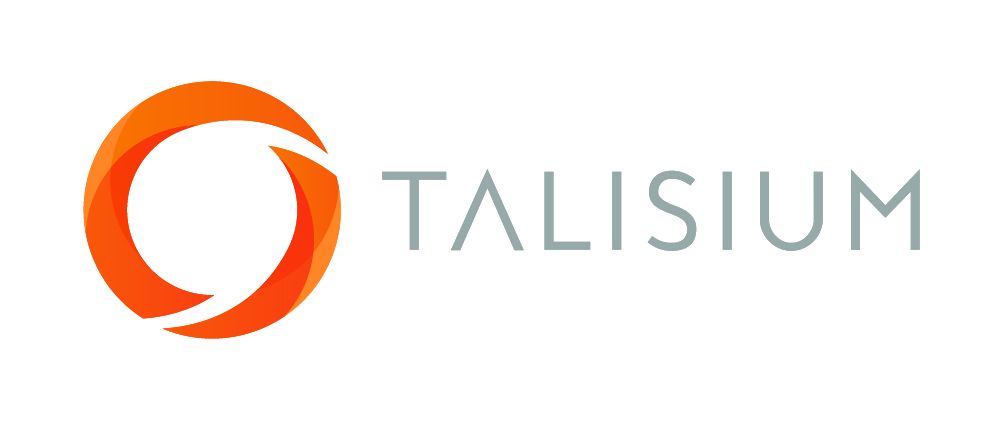Infection control is a crucial aspect of healthcare that aims to prevent and control the spread of infectious diseases. It encompasses a range of measures and practices that aim to protect patients, healthcare workers, and the community at large from the transmission of pathogens. While infection control has always been important in healthcare settings, the ongoing COVID-19 pandemic has highlighted the critical role that effective infection control plays in controlling the spread of infectious diseases.
Despite the importance of infection control, there is still a significant gap between the recommended practices and their implementation in healthcare facilities. For example, the Centers for Disease Control and Prevention (CDC) estimates that healthcare-associated infections (HAIs) affect approximately one in 31 hospitalised patients in the United States, resulting in around 75,000 deaths each year.
Whilst the exact rate of healthcare-associated infections in hospitalised patients across the world is difficult to estimate due to variations in surveillance methods, definitions, and reporting practices in different countries and regions, according to the World Health Organisation (WHO), HAIs are a major public health problem worldwide and affect millions of patients every year. It is estimated that at any point in time, approximately 1.4 million people worldwide suffer from infections acquired in healthcare facilities. In high-income countries, the incidence of HAIs is estimated to be between 3% and 10%, while in low- and middle-income countries, the rate can be up to 20 times higher.
These infections are often preventable with proper infection control measures, such as hand hygiene, environmental cleaning, and the use of personal protective equipment (PPE).
In this post, we will explore some of the best practices and advances in infection control to help healthcare professionals keep their patients and staff safe.
Whilst the exact rate of healthcare-associated infections in hospitalised patients across the world is difficult to estimate due to variations in surveillance methods, definitions, and reporting practices in different countries and regions, according to the World Health Organisation (WHO), HAIs are a major public health problem worldwide and affect millions of patients every year. It is estimated that at any point in time, approximately 1.4 million people worldwide suffer from infections acquired in healthcare facilities. In high-income countries, the incidence of HAIs is estimated to be between 3% and 10%, while in low- and middle-income countries, the rate can be up to 20 times higher.
These infections are often preventable with proper infection control measures, such as hand hygiene, environmental cleaning, and the use of personal protective equipment (PPE).
In this post, we will explore some of the best practices and advances in infection control to help healthcare professionals keep their patients and staff safe.
Standard and Transmission-Based Precautions: The Foundation of Infection Control
Hand Hygiene: The Most Important Infection Control Measure
Environmental Cleaning and Disinfection: Innovations in Infection Control
Proper Use of Personal Protective Equipment (PPE) in Healthcare Settings
Improving Infection Control Practices: A Collaborative Effort
Centers for Disease Control and Prevention. (2021). Healthcare-Associated Infections (HAIs). https://www.cdc.gov/hai/index.html
Pittet, D., Allegranzi, B., Sax, H., Bertinato, L., Concia, E., & Cookson, B. (2011). Considerations for a WHO European strategy on healthcare-associated infection, surveillance, and control. Journal of Hospital Infection, 77(3), 199-205. https://doi.org/10.1016/j.jhin.2010.09.004
World Health Organization. (2019). WHO guidelines on hand hygiene in health care: first global patient safety challenge. https://www.who.int/publications-detail-redirect/9789241597906
Carling, P. C., Parry, M. F., Rupp, M. E., Po, J. L., & Dick, B. (2010). Improving cleaning of the environment surrounding patients in 36 acute care hospitals. Infection Control & Hospital Epidemiology, 31(2), 103-108. https://doi.org/10.1086/649796
Alhmidi, H., & Koganti, S. (2021). Improving personal protective equipment (PPE) compliance in healthcare workers through education and visual feedback. American Journal of Infection Control, 49(3), 288-289. https://doi.org/10.1016/j.ajic.2020.08.010





